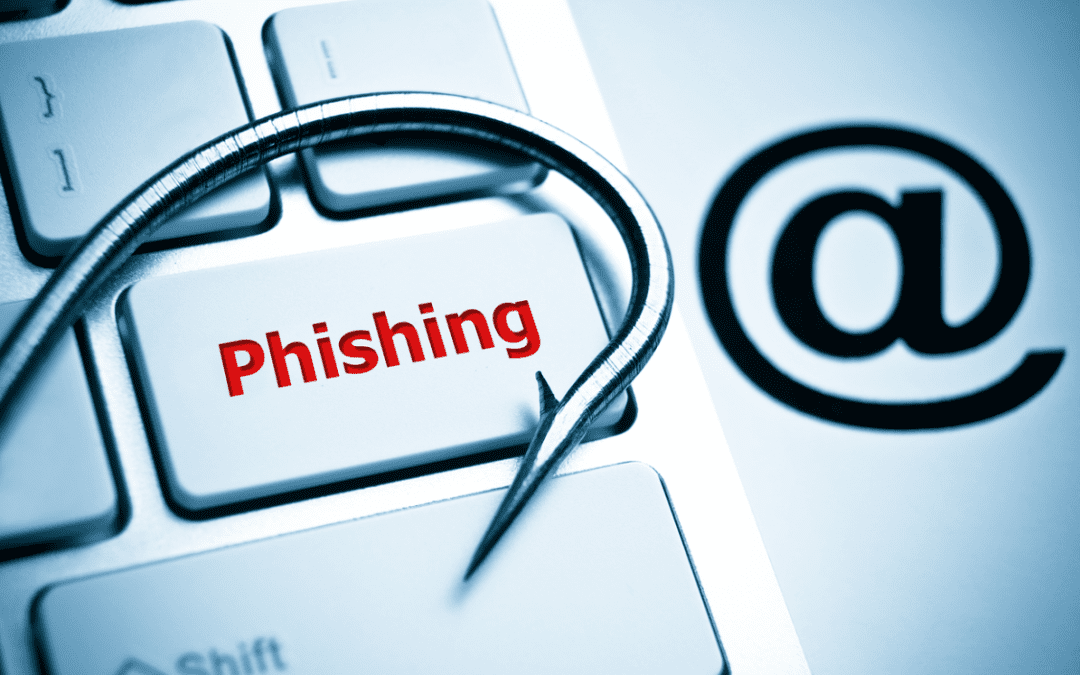In our ongoing series on digital content theft, we have explored various threats that endanger our digital lives. In this installment, we delve into a deceptive and widespread menace – phishing. Phishing is a cunning practice where cybercriminals masquerade as trustworthy entities to trick individuals into revealing sensitive information or downloading malicious content. This article provides a comprehensive understanding of phishing, its tactics, consequences, and strategies to protect yourself against this perilous form of digital content theft.
Understanding Phishing
Phishing is a cybercrime that capitalizes on deception, aiming to steal personal information, financial data, or even login credentials. It is primarily carried out through the following techniques:
Email Phishing:

- Email phishing is one of the most common forms. Cybercriminals send fraudulent emails that appear to be from reputable sources, such as banks, government agencies, or well-known companies. These emails often contain deceptive links, attachments, or requests for sensitive information.
Spear Phishing:
- Spear phishing is a more targeted form of phishing. Cybercriminals research their victims and customize their deceptive messages to make them appear highly credible. By addressing individuals by name and referencing specific details, these attacks are more convincing.
Vishing:
- Vishing, or voice phishing, involves phone calls where attackers impersonate trusted entities. The caller may use voice-over-IP (VoIP) technology to conceal their identity. They use social engineering techniques to extract sensitive information from the victim.
Smishing:
- Smishing is a variant of phishing that occurs via SMS or text messages. These messages often contain links to fraudulent websites or requests for personal information.
How Phishing Works
Deceptive Content:
- Phishing messages are designed to mimic legitimate communications, featuring official logos, email addresses, and phone numbers. The goal is to create a sense of trust.
Urgent or Threatening Language:
- Phishing attacks often use language that generates a sense of urgency or fear. These tactics pressure individuals to act quickly without careful consideration.
Misleading Links or Attachments:
- Phishing emails frequently contain links that lead to malicious websites or attachments laden with malware. Clicking on these can lead to compromised systems or stolen data.
Data Harvesting:
- If individuals respond to phishing requests by entering personal or financial information, cybercriminals harvest this data for nefarious purposes, such as identity theft, fraud, or unauthorized access to accounts.
Protecting Against Phishing
Verify Sender Information:
- Always scrutinize the sender’s email address or phone number. Legitimate organizations will use official domains and contact information. If in doubt, contact the entity directly through their official channels to confirm the authenticity of the message.
Be Cautious with Links and Attachments:
- Avoid clicking on links or downloading attachments from unsolicited or suspicious sources. Hover over links to preview the destination URL before clicking. Ensure that the website is secure (https://) and, if possible, check for website trust certificates.
Verify Requests:
- If an email or phone call requests personal or financial information, consider verifying the request by contacting the entity directly through their official channels. Trustworthy organizations will never ask for sensitive information via email or unsolicited calls.
Use Security Software:
- Employ reputable antivirus and anti-malware software to help detect phishing attempts and malicious content. These tools can be invaluable in preventing your data from falling into the wrong hands.
Education and Training:
- Promote awareness about phishing within your organization and among individuals. Regular training can help individuals recognize phishing attempts and respond appropriately.
Legal and Ethical Implications
Phishing is not only illegal but also ethically unacceptable. Perpetrators can face severe legal consequences, including imprisonment. Beyond the legal ramifications, phishing attacks can result in significant financial losses, damage to individuals’ and organizations’ reputations, and the compromise of sensitive data.
Conclusion
Phishing is a grave threat to individuals and organizations, as it exploits deception and preys on trust. By understanding the tactics employed by cybercriminals, remaining vigilant, and following best practices for online security, individuals can protect themselves and their digital content from falling into the hands of malicious actors. A combination of education, technical measures, and a critical mindset is essential to mitigate the risks associated with phishing, thereby fostering a safer digital environment for all.


Recent Comments